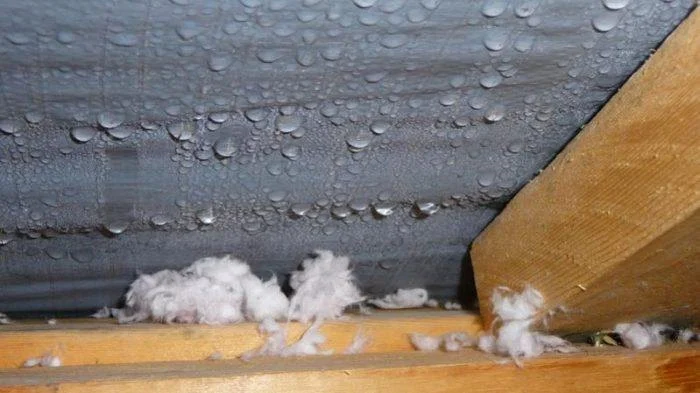
How to Prevent Roof Damage from Condensation in Cold Weather
- 1. Understanding Condensation and Roof Damage
- 2. Why Cold Weather Exacerbates Roof Damage
- 3. Steps to Prevent Roof Damage from Condensation
- 4. Common Signs of Roof Damage from Condensation
- 5. How Professional Roof Inspections Help
1. Understanding Condensation and Roof Damage
Roof damage caused by condensation is a common but often overlooked problem during cold weather. Condensation occurs when warm, moist air meets the cold surfaces of your roof, causing water droplets to form. Over time, this moisture can lead to serious damage, including wood rot, mold growth, and deterioration of roofing materials. Understanding how condensation works and its potential risks to your roof is the first step in protecting your home during the colder months.
2. Why Cold Weather Exacerbates Roof Damage
During cold weather, the temperature difference between your home’s interior and the outside environment creates ideal conditions for condensation. Warm, moist air inside your home rises and reaches the roof, where the cold exterior temperature causes the moisture to condense on the underside of the roof. This water can accumulate over time, causing damage to both the roofing structure and the attic space. Furthermore, if the roof insulation is inadequate or the attic is poorly ventilated, the problem can worsen, leading to expensive repairs.
3. Steps to Prevent Roof Damage from Condensation
Preventing roof damage from condensation requires a combination of proper ventilation, insulation, and routine maintenance. Below are the key steps homeowners can take to protect their roofs:
Improving Ventilation
Proper attic ventilation is crucial to controlling moisture levels. Installing ridge vents, soffit vents, and gable vents can allow for the free flow of air through the attic, preventing warm air from becoming trapped. This helps reduce condensation buildup and ensures that moisture can escape, keeping your roof dry and well-maintained.
Installing Insulation
Insulation helps to maintain the temperature of your home and prevents warm air from rising into the attic. By installing sufficient insulation in the attic, you can keep the warm air inside your living space while preventing it from coming into contact with the cold roof. This minimizes condensation and the resulting damage to your roof and structural components.
Check Roof Seals and Materials
Inspect your roof for signs of wear and tear, particularly around vents, chimneys, and skylights. Properly sealed areas will help prevent moisture from infiltrating your attic. Additionally, ensure that your roof materials, such as shingles and tiles, are in good condition to protect against water damage.
4. Common Signs of Roof Damage from Condensation
It’s important to regularly check for signs of roof damage caused by condensation. Some common symptoms include:
Water Stains on Ceilings or Walls
If you notice yellow or brown water stains on your ceilings or walls, it could indicate moisture buildup in your attic or roof. These stains often result from condensation-related water damage and should be addressed immediately to prevent further deterioration.
Mold and Mildew Growth
The presence of mold or mildew in the attic or on the roof beams is a strong indication of excessive moisture in the space. Condensation creates the perfect environment for mold to grow, which can pose health risks and cause structural damage.
Damaged Insulation
Moisture from condensation can cause insulation to lose its effectiveness, leading to increased energy costs. If you notice that your attic insulation is wet or damaged, it may be a sign that condensation is causing long-term issues.
5. How Professional Roof Inspections Help
Scheduling regular roof inspections by a professional is one of the best ways to catch potential condensation-related damage before it becomes a serious problem. A qualified roofer can assess the condition of your roof and attic space, recommend necessary repairs or improvements, and ensure that your home is well-protected from the harmful effects of moisture buildup.
With proper maintenance and the right preventative measures in place, you can ensure that your roof remains in top condition during the colder months. If you’re unsure whether your roof is properly prepared to handle condensation, contact a professional roofing service like BeachCo Roofing Hub for expert advice and service.

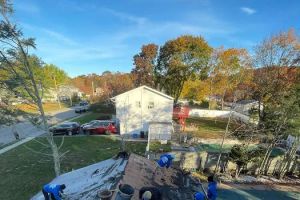

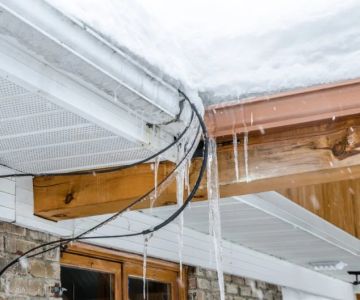
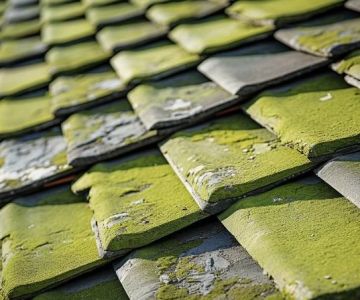

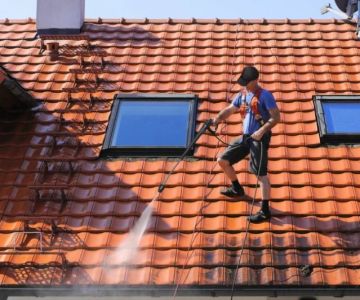
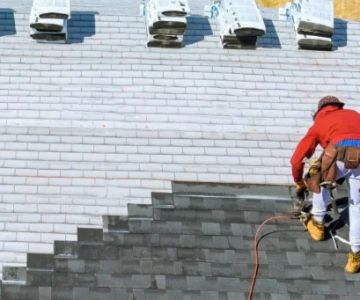
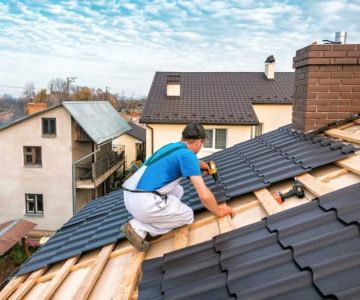
 Ready Pros, Inc1.0 (2 reviews)
Ready Pros, Inc1.0 (2 reviews)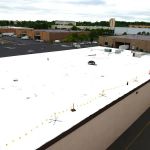 Executive Roofing Systems4.0 (65 reviews)
Executive Roofing Systems4.0 (65 reviews)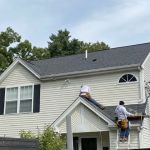 Trident Home Solutions5.0 (42 reviews)
Trident Home Solutions5.0 (42 reviews)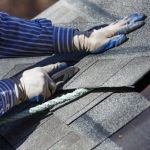 DMV Roofing Pros Rockville5.0 (4 reviews)
DMV Roofing Pros Rockville5.0 (4 reviews) Platinum Roofing and Construction4.0 (161 reviews)
Platinum Roofing and Construction4.0 (161 reviews)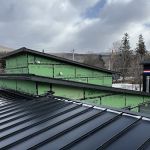 Home solutions & renovations5.0 (3 reviews)
Home solutions & renovations5.0 (3 reviews)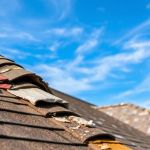 How to Identify and Repair Roof Damage from Soot and Industrial Fallout
How to Identify and Repair Roof Damage from Soot and Industrial Fallout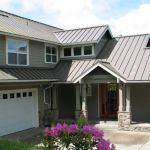 How to Choose a Roofing Material for High Wind Areas
How to Choose a Roofing Material for High Wind Areas What is a Roofing Warranty Transfer and How Does it Work When You Sell?
What is a Roofing Warranty Transfer and How Does it Work When You Sell?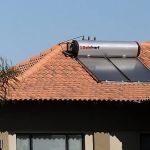 The Lifespan of a Roof Under Extreme Heat Conditions: What You Need to Know
The Lifespan of a Roof Under Extreme Heat Conditions: What You Need to Know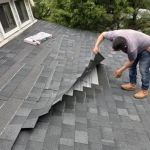 How to Repair a Roof Leak from a Rooftop Observatory or Dome
How to Repair a Roof Leak from a Rooftop Observatory or Dome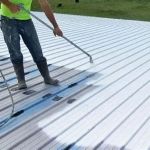 The Average Cost of a Roof Coating Application
The Average Cost of a Roof Coating Application